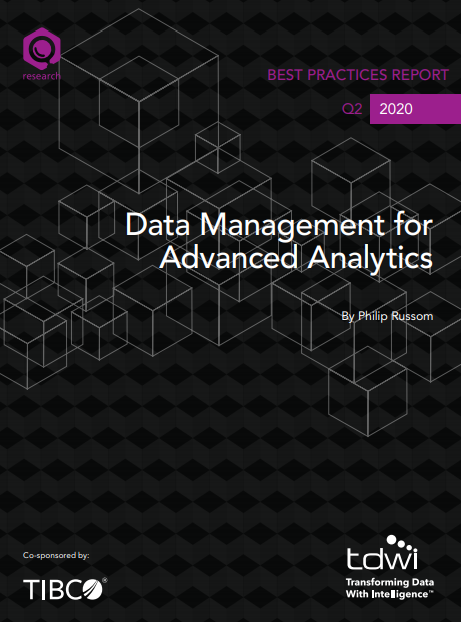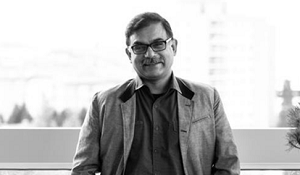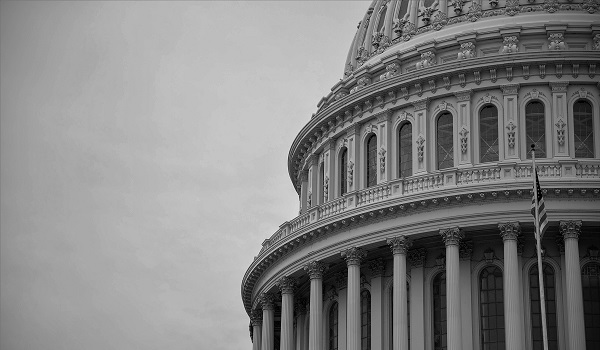When the Indonesian government threatened to remove democratic local elections, 118,000 citizens signed a petition to preserve their right to vote.
Inspired by public outcry and a petition signed by 140,000 people, a court of appeals exonerated American Tyrone Hood after being wrongfully imprisoned for 22 years.
In Canada, two teenage girls convinced school districts to make consent part of Ontario’s sex ed curriculum all with the support of a virtual community.
And in The Gambia, the president finally declared a ban on female genital mutilation after a single online petition caught on like wildfire. What inspired these global initiatives? One place on the internet that does one simple thing very well.
That place is Change.org, the world’s largest online petition platform, whose 146 million users create over 200,000 successful campaigns a year.
“With the web mobilizing these internet campaigns, Change.org harnesses the power of scale to help our users turn passion into real life impact,” said Andy Veluswami, director of data science and analytics. And thanks to Andy and his team, the mechanics behind social activism, and how movements spread and gain momentum, are far clearer because of Change.org’s unorthodox practice of data science.
It turns out being a data scientist isn’t just about crunching the numbers to uncover deep insights. According to Andy, cultural understanding and language are key drivers in how Change.org discovers, serves, and grows its community.
The stakes are high at Change.org, considering its users are often victims of injustices or defendants of the disenfranchised.
But no matter what kind of company you are, any product manager or data scientist can relate to Change.org’s universal tenet: users aren’t just “users” – they are people, and tech is here to serve those people in whatever capacity it’s set out to do. This is no easy task.
While dealing with the large datasets can get convoluted, scale is not the toughest part of the job. The real work of data science is in grappling with the difficult choices outside the realm of numbers. According to Andy and his team at Change.org, “data science” is more interdisciplinary than the name might suggest.
Another frontier
In the Change.org offices in Portero Hill, Andy was wearing a typical Silicon Valley uniform – stylish jeans, a gray hoodie, salt and pepper beard. He looked the part of a quant, but anyone who talks to Andy for more than two seconds would get the impression that he stands out from the typical techie. He’s always loyal to the data, but his sheer passion for social activism helps him see the greater context behind the viral spikes and trending petitions.
Not only was Andy involved with grant administration in a past life, but he has also been involved with several nonprofits throughout San Francisco. He counts among his personal heroes Jaha Dukureh, “an incredible woman who created the petition that banned female genital mutilation [in The Gambia],” he told me.
After his time at Zynga, the mobile gaming company who set the model for how a lot of companies do analytics today, Andy joined Change.org, bringing all of his experience to bear on social activism.
“What we’re doing here at Change.org is another frontier. There’s such a hunger in the world to learn not only about the numbers and underpinnings behind a movement, but how we can make people feel empowered in society,” he said.
Feeding this hunger is not just about parsing the numbers, but also about grappling with the cultures and politics that drive these movements. As an example of this, Andy shares how data and research were important in empowering Change.org’s users in India.
Finding new voices
For a country of 1.2 billion people, India’s internet usage is exceptionally high, and it’s largely on mobile. About 10% of the population speaks English, so after three years, Change.org’s audience in India was modest, but sizable.
However, after conducting market research, Change.org realized that they needed to localize in another, vernacular language for a non-English-speaking audience. Not only were they missing 90% of Indian citizens, but that 90% didn’t have the same advantages as their English-speaking counterparts.
“English speakers in India are generally more elite, more urban, better-educated and have connections to the diaspora of international folks and government postings,” Andy told me. This socio-economic breakdown gave English-speakers more agency in their political and social systems but, it was a much different story for those who didn’t speak English.
Change.org found that Hindi speakers, about 400 million people, are generally more rural and less elite. Not to forget to mention, “Hindi speakers don’t have all the opportunities that English speakers have in India,” Andy said. “In addition, the income difference between the two groups is significant, estimated to be anywhere between 9x and 100x.” It quickly became apparent to their team that Hindi speakers needed a platform to express their political will.
“We have to mobilize these people,” Andy remembered, “These are the people that don’t necessarily have the loudest voice at the table.”
In October 2015, the Hindi site launched, and Change.org witnessed the impact it had on its Indian user base.
“We noticed the political orientation of users had differences between the English and Indian sites. An example that illustrates this is ‘reservation’.”
“In India, caste-based ‘reservation’ is essentially a form of affirmative action where India sets aside quotas to help disadvantaged minorities,” Andy explained, “It’s very similar to what we do in the US with race-based admissions, often called ‘affirmative action.’”
This is where their data science team saw a direct relationship between language and the nature of petitions being created.
“On the English site, we saw a rather large petition that supported the ending of the reservation system. After we launched the Hindi site, we noticed petitions being created on the other side of the debate – i.e. in support of affirmative action.”
They realized that the language their platform supports only helps those that speak that language. So in diversifying their product, Change.org gave more people “a seat at the table.”
___________________________
This article entitled “How can data science help save the world” was originally posted on The Huffington Post. To read full article, click here.
Andy Veluswami, Director of Data Science & Analytics, Change.org will be speaking at the coming Chief Data Scientist Forum USA organized by Corinium. For more information, visit www.chiefdatascientistusa.com






.jpg)

